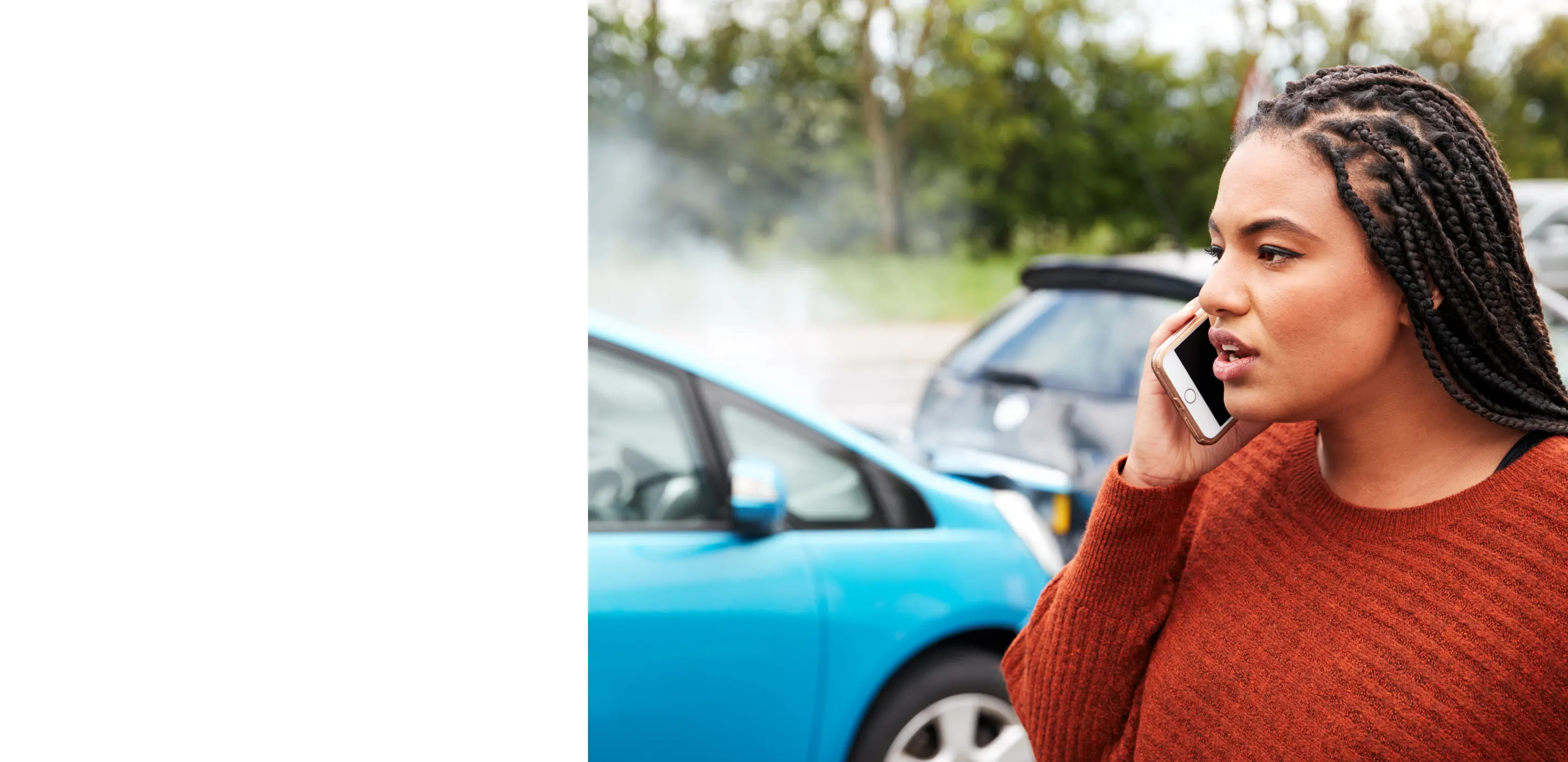Key takeaways:
- GAP pays the difference between what you owe on your loan and what regular insurance pays if your vehicle is stolen or totaled in an accident
- Check your vehicle’s Combined Loan to Value (CLTV) to see if you need GAP
- GAP has a one-time fee, and if eligible, you may be able to add the cost of GAP to your loan
Sadly, there’s no way to predict when you might be involved in an accident or have your vehicle stolen. But if it happens not long after you’ve purchased it, you could be left owing thousands of dollars on your loan—even if you have insurance—unless you have GAP.
How does GAP work and what does it protect?
GAP is a form of additional protection you can get to help pay the difference between what you owe on the loan and what the vehicle is worth if it is stolen or totaled in an accident. Although GAP is most commonly purchased for auto loans, it is also available for motorcycles, snowmachines, boats, ATVs, and RVs.
Most new vehicles lose value as soon as they are driven away from the dealer; it’s called depreciation. Because of this, it’s not uncommon for an outstanding loan balance to be higher than the vehicle’s actual cash value (ACV), especially during the first few years of the loan. If your vehicle is totaled in an accident or stolen, your primary insurance settlement will be based on the vehicle’s ACV, not on the outstanding loan balance. This could create a deficiency balance, or “gap,” that you would have to cover out of your own pocket to pay off the loan. GAP can help pay that difference.
For example, let’s say you bought a new car last year and have an outstanding loan balance of $30,000. Sadly, you have an accident, and the car is declared a total loss. But because of depreciation, the car is only valued at $25,000 at the time of loss, which is how much you’ll receive from the insurance company. However, you still need to pay off the $30,000 loan. GAP could pay that $5,000 difference.
Here’s when you might need GAP
GAP is typically recommended if your Combined Loan to Value (CLTV) is higher than 0.70, which means you have less than 30% equity in your vehicle.
Calculating your CLTV is easy. Look up your vehicle in the NADA Pricing Guide to find its Clean Retail value, then divide your remaining loan balance by the vehicle value.
Estimate Clean Retail Value
For example, if you have a loan balance of $25,000 and your vehicle is valued at $30,000 by NADA, the CLTV is 0.83; you have only 17% equity in the vehicle. In this case, GAP may be a good idea. If your loan balance had been just $18,000 for the same vehicle, your CLTV would have been 0.6, and GAP would not have been needed.
You may want to consider GAP if:
- Your loan term is more than 48 months.
- You drive your car more than the average person, causing it to decrease in value faster.
- You made a low—or no—down payment when you purchased and financed the vehicle.
- You’re buying a car that depreciates faster than average.
If your loan balance is currently less than the vehicle’s actual cash value, you do not need GAP.
How does GAP work if your car is stolen or totaled?
If you have GAP, just provide a copy of the finalized insurance settlement to your loan provider within 30 days of receiving it. In the event of an unrecovered vehicle theft, you’ll also need to include a copy of the police report.
Is GAP worth the money?
GAP can not only potentially save you thousands of dollars in unexpected costs, but it can also provide you with peace of mind in knowing the money you’ve invested in your vehicle is protected.
GAP has a one-time fee, usually only a few hundred dollars, and eligible borrowers may be able to add the cost of GAP to the loan. When the cost of GAP is added to your loan, your monthly loan payment stays the same—the length of your loan is simply extended. This means that you may pay additional interest over the life of the loan.






